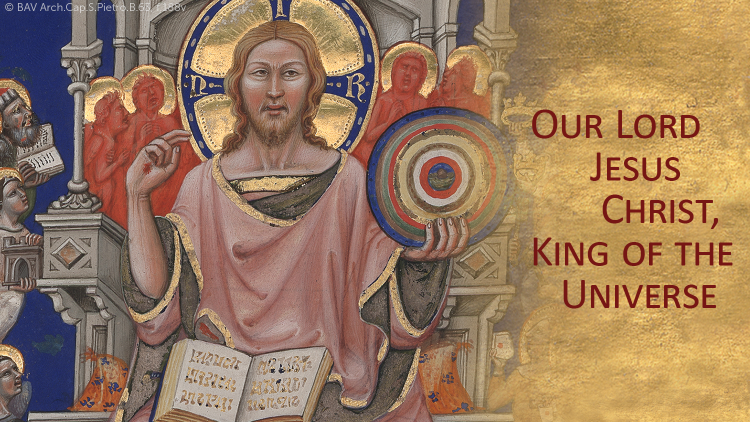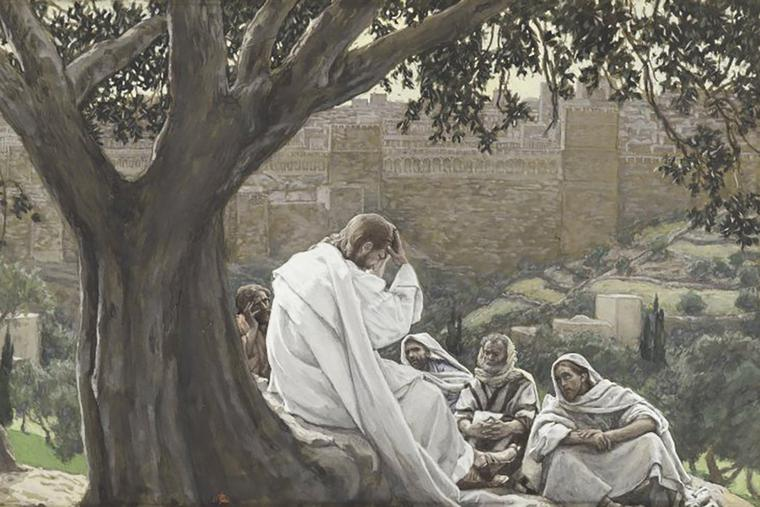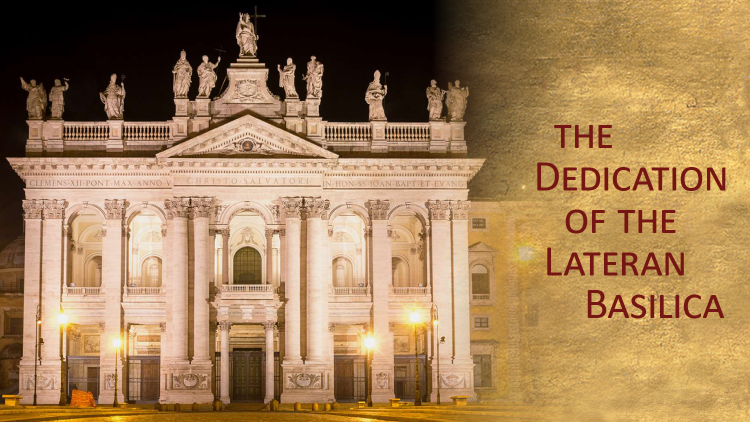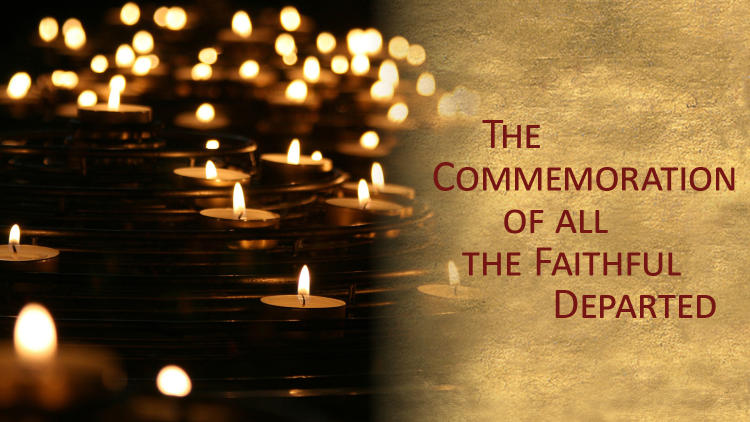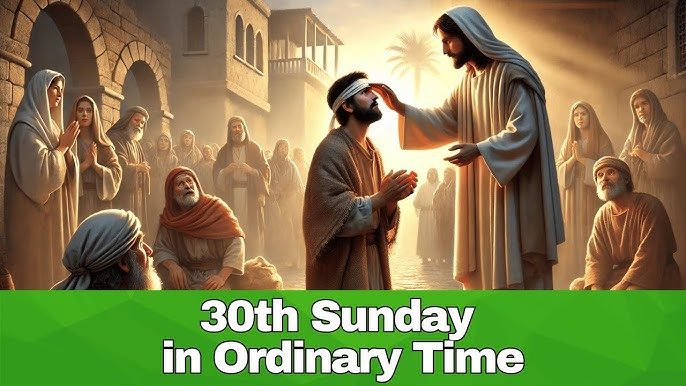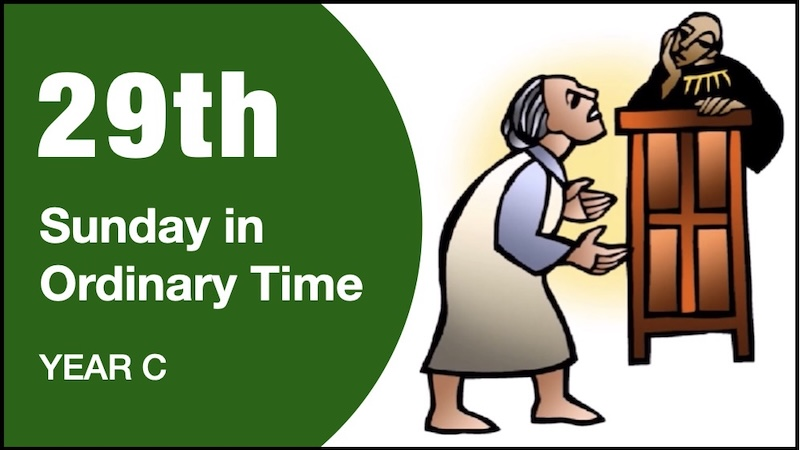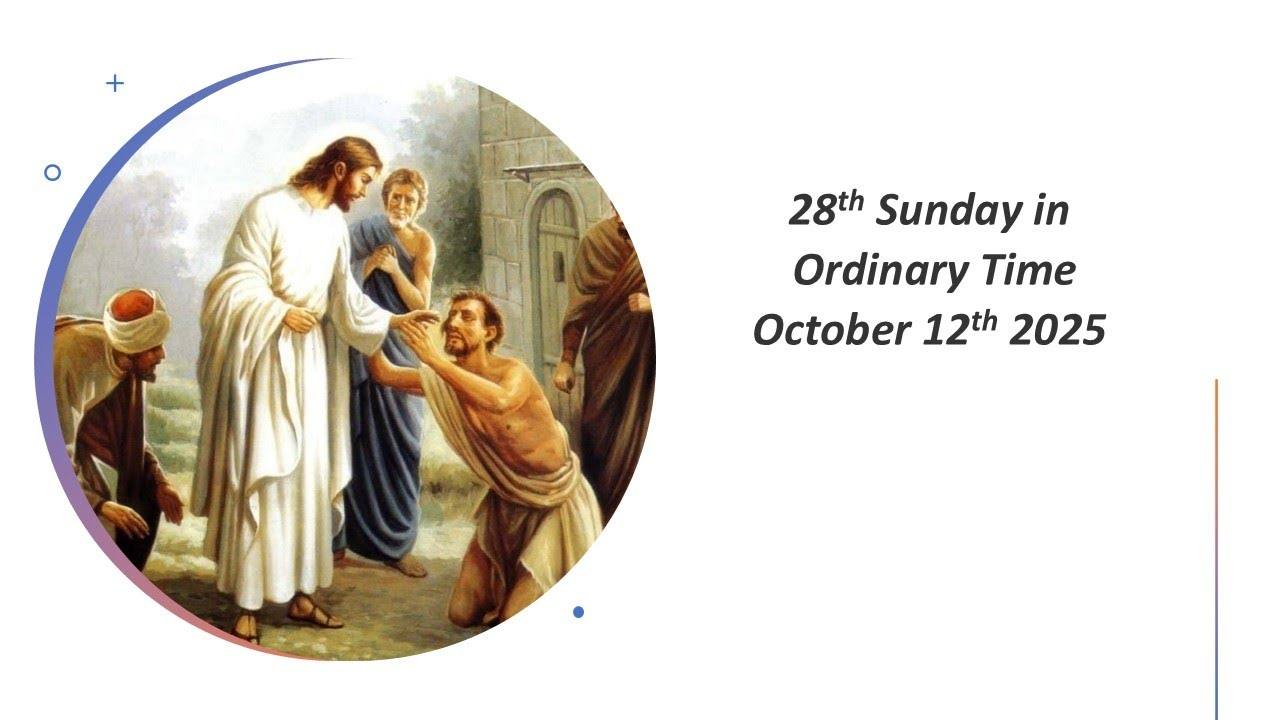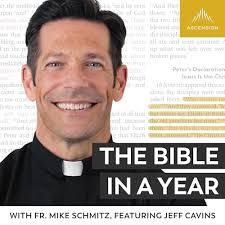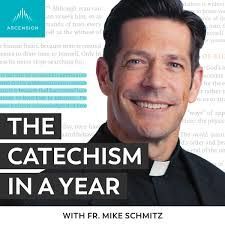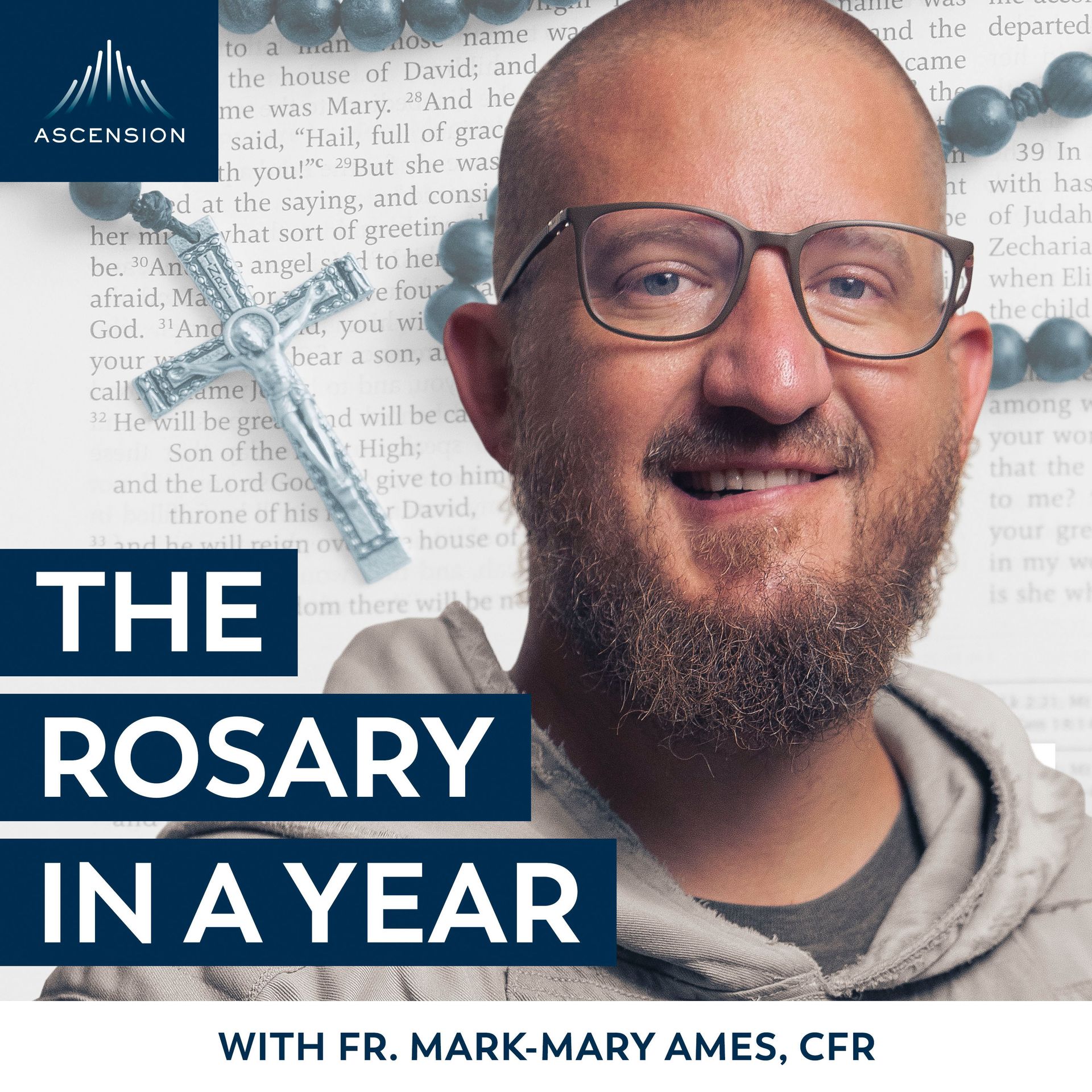Twenty-Seventh Sunday in Ordinary Time, October 8, 2023
Dear Friends,
I wholeheartedly welcome Deacon Lee Levenson and his wife, Alice, to our SJE family. Deacon Lee brings a wide- ranging experience as a deacon. He served the Diocese of Palm Beach for 17 years. I am very optimistic about the positive impact he and his wife will have in our parish community.
I would like to register my gratitude to Jim Young for coordinating the FOCCUS Ministry, which is a wonderful aid to those preparing for the Sacrament of Matrimony. He and his beloved wife, Joan, now deceased, have been passionately devoted to carrying out this ministry. We are deeply grateful to you, Jim, for your absolute commitment.
I take this opportunity to heartily welcome Greg and Janice Cheshire, who have agreed to become the new leaders of the FOCCUS ministry, which helps couples to see how they complement each other. Thank you both for your dedication to our parish community.
We warmly welcome Fr. Oliver Williams, C.S.C., who is visiting us from the University of Notre Dame. He will present the Hesburgh lecture on the theme, “Can you do well by doing good?” this Sunday at Noon. This lecture series is hosted by the Melbourne Club of Notre Dame.
This weekend, as we make our way into the 27th Week in Ordinary Time, we are called to reflect on the vineyard that belongs to the Lord and our call to be His tenants. How do we care for the vineyard, which represents God’s gifts to us of everything we have? How are we accountable to the owner of the vineyard? What kind of fruits do we yield? Would you let God’s love grow up in your vineyard? Or would you let greed and selfishness and pride trample and destroy his gifts, ruining the progress God wants you to make in growing in his love?
Let us now move forward with the Post-Synodal Apostolic Exhortation of Pope Benedict XVI entitled: Sacramentum Caritatis. Have a Blessed Week!
With love,
Fr. John
W e e k 15 — SA C R A M E N T U M C A R I T AT I S ( TH E SA C R A M E N T O F C H A R I T Y : T H E E U C H AR I ST )
CONTINUATION OF THE POST-SYNODAL APOSTOLIC EXHORTATION SACRAMENTUM CARITATIS OF THE HOLY FATHER BENEDICT XVI TO THE BISHOPS, CLERGY, CONSECRATED PERSONS AND THE LAY FAITHFUL ON THE EUCHARIST AS THE SOURCE AND SUMMIT OF THE CHURCH'S LIFE AND MISSION
P A R T T W O : T H E E U C H A R I ST — A M Y ST E R Y T O B E B E L I E V E D
“Truly, truly, I say to you, it was not Moses who gave you the bread from heaven; my Father gives you the true bread from heaven" (Jn 6:32)
LEX ORANDI AND LEX CREDENDI
- The Synod of Bishops reflected at length on the intrinsic relationship between eucharistic faith and eucharistic celebration, pointing out the connection between the lex orandi and the lex credendi , and stressing the primacy of the liturgical action. The Eucharist should be experienced as a mystery of faith, celebrated authentically and with a clear awareness that " the intellectus fidei has a primordial relationship to the Church's liturgical action." (105) Theological reflection in this area can never prescind from the sacramental order instituted by Christ himself. On the other hand, the liturgical action can never be considered generically, prescinding from the mystery of faith. Our faith and the eucharistic liturgy both have their source in the same event: Christ's gift of himself in the Paschal
BEAUTY AND THE LITURGY
- This relationship between creed and worship is evidenced in a particular way by the rich theological and liturgical category of Like the rest of Christian Revelation, the liturgy is inherently linked to beauty: it is veritatis splendor. The liturgy is a radiant expression of the paschal mystery, in which Christ draws us to himself and calls us to communion. As Saint Bonaventure would say, in Jesus we contemplate beauty and splendour at their source. (106) This is no mere aestheticism, but the concrete way in which the truth of God's love in Christ encounters us, attracts us and delights us, enabling us to emerge from ourselves and drawing us towards our true vocation, which is love. (107) God allows himself to be glimpsed first in creation, in the beauty and harmony of the cosmos (cf. Wis 13:5; Rom 1:19- 20). In the Old Testament we see many signs of the grandeur of God's power as he manifests his glory in his wondrous deeds among the Chosen People (cf. Ex 14; 16:10; 24:12-18; Num 14:20- 23). In the New Testament this epiphany of beauty reaches definitive fulfilment in God's revelation in Jesus Christ: (108) Christ is the full manifestation of the glory of God. In the glorification of the Son, the Father's glory shines forth and is communicated (cf. Jn 1:14; 8:54; 12:28; 17:1). Yet this beauty is not simply a harmony of proportion and form; "the fairest of the sons of men" (Ps 45[44]:3) is also, mysteriously, the one "who had no form or comeliness that we should look at him, and no beauty that we should desire him" (Is 53:2). Jesus Christ shows us how the truth of love can transform even the dark mystery of death into the radiant light of the resurrection. Here the splendour of God's glory surpasses all worldly beauty. The truest beauty is the love of God, who definitively revealed himself to us in the paschal mystery.
The beauty of the liturgy is part of this mystery; it is a sublime expression of God's glory and, in a certain sense, a glimpse of heaven on earth. The memorial of Jesus' redemptive sacrifice contains something of that beauty which Peter, James and John beheld when the Master, making his way to Jerusalem, was transfigured before their eyes (cf. Mk 9:2). Beauty, then, is not mere decoration, but rather an essential element of the liturgical action, since it is an attribute of God himself and his revelation. These considerations should make us realize the care which is needed, if the liturgical action is to reflect its innate splendour.
THE EUCHARISTIC CELEBRATION, THE WORK OF "CHRISTUS TOTUS"
CHRISTUS TOTUS IN CAPITE ET IN CORPORE
- The "subject" of the liturgy's intrinsic beauty is Christ himself, risen and glorified in the Holy Spirit, who includes the Church in his work. (109) Here we can recall an evocative phrase of Saint Augustine which strikingly describes this dynamic of faith proper to the Eucharist. The great Bishop of Hippo, speaking specifically of the eucharistic mystery, stresses the fact that Christ assimilates us to himself: "The bread you see on the altar, sanctified by the word of God, is the body of Christ. The chalice, or rather, what the chalice contains, sanctified by the word of God, is the blood of In these signs, Christ the Lord willed to entrust to us his body and the blood which he shed for the forgiveness of our sins. If you have received them properly, you yourselves are what you have received." (110) Consequently, "not only have we become Christians, we have become Christ himself." (111) We can thus contemplate God's mysterious work, which brings about a profound unity between ourselves and the Lord Jesus: "one should not believe that Christ is in the head but not in the body; rather he is complete in the head and in the body." (112)
(105) Relatio post disceptationem, 4:L'Osservatore Romano, 14 October 2005, 5.
(106) Serm. 1, 7; 11, 10; 22, 7; 29, 76: Sermones dominicales ad fidem codicum nunc denuo editi, Grottaferrata, 1977, pp. 135, 209ff., 292ff.; 337; Benedict XVI,Messageto Ecclesial Movements and New Communities(22 May 2006): AAS 98 (2006), 463.
(107) Second Vatican Ecumenical Council, Pastoral Constitution on the Church in the Modern World Gaudium et Spes,22.
(108) Second Vatican Ecumenical Council, Dogmatic Constitution on Divine Revelation Dei Verbum, 2, 4.
(109) Propositio 33.
(110) Sermo227, 1: PL 38, 1099.
(111) In Iohannis Evangelium Tractatus, 21, 8: PL 35, 1568.(112) Ibid., 28, 1: PL 35, 1622.
(112) Ibid., 28, 1: PL 35, 1622.


